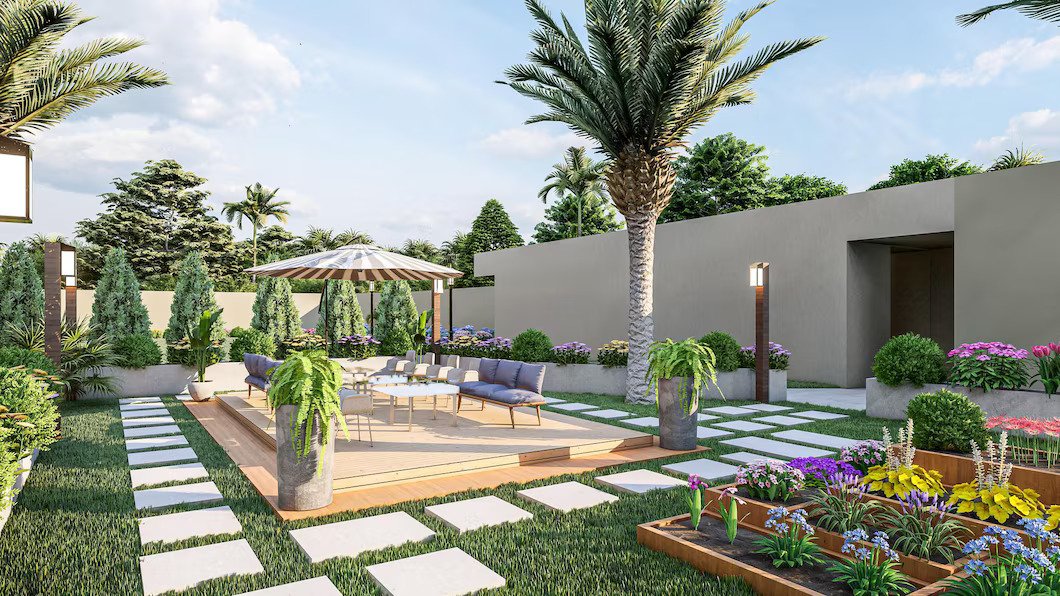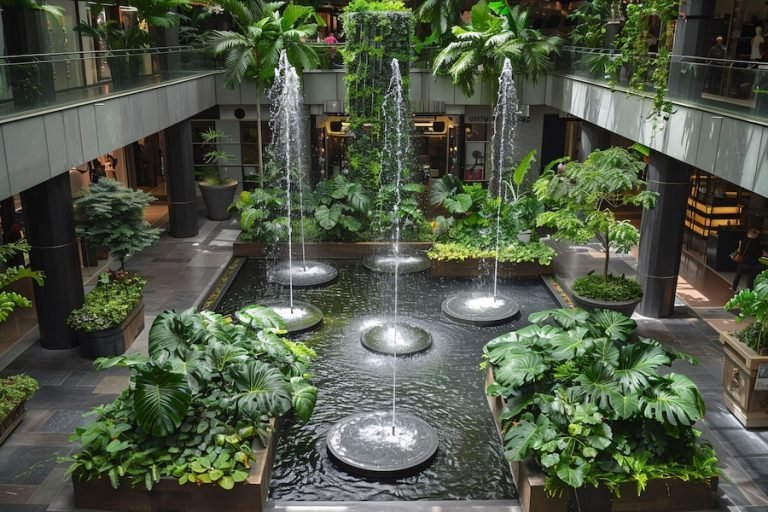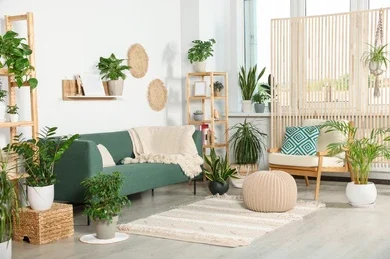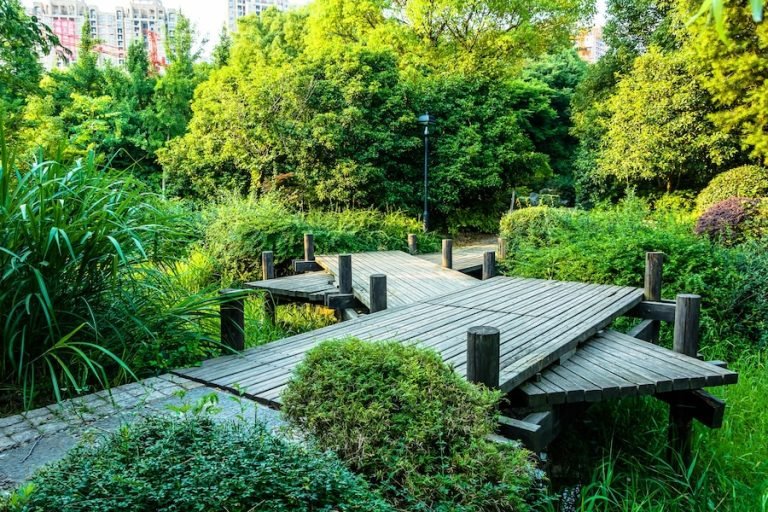From Idea To Implementation: The Craft Of Garden Designing
In the realm of outdoor spaces, the art of garden designing stands as a testament to human creativity, ingenuity, and the profound connection between individuals and nature. Crafting a garden is akin to painting on a living canvas, where every plant, stone, and structure contributes to a harmonious composition. From humble backyard retreats to expansive botanical wonders, the journey from the initial idea to the final implementation is a process that requires careful consideration, expertise, and a touch of inspiration.
To Know More About It Please Click Here
Conceptualization
At the heart of every garden lies a concept, a vision that encapsulates the desired atmosphere, functionality, and aesthetics. Whether it’s a serene Japanese Zen garden or a vibrant English cottage garden, the conceptualization phase is where ideas take shape. Designers draw upon various influences – from cultural traditions and architectural styles to personal preferences and environmental factors – to formulate a cohesive plan.
Garden Designing Site Analysis
Understanding the unique characteristics of the site is essential for effective garden design. Factors such as topography, soil quality, sunlight exposure, and climate dictate the suitability of plants and the layout of hardscape elements. Through thorough site analysis, designers identify opportunities and constraints, enabling them to make informed decisions that optimize the garden’s potential.
Design Development
With a clear concept and site parameters in mind, designers delve into the intricacies of design development. This stage involves sketching, drafting, and refining the layout, considering spatial organization, circulation patterns, focal points, and plant selections. Designers balance functionality with aesthetics, striving to create spaces that are both visually captivating and practical for the intended use.
Plant Selection
Plants are the lifeblood of any garden, imbuing it with color, texture, fragrance, and seasonal interest. During the plant selection process, designers carefully curate a palette of flora that complements the design concept while thriving in the site’s environmental conditions. Factors such as growth habits, maintenance requirements, and compatibility with neighboring species are taken into account to ensure a harmonious composition that evolves gracefully over time.
To Know More About it Please Click Here
Hardscape Integration
Hardscape elements – such as pathways, patios, walls, and water features – provide structure and functionality to the garden while enhancing its aesthetic appeal. Integrating hardscape seamlessly into the landscape requires careful attention to detail, ensuring that materials, textures, and forms complement the surrounding vegetation and architectural context. Well-designed hardscape elements not only define spaces but also create opportunities for interaction, relaxation, and contemplation.
Construction and Installation
Turning the design vision into reality is where the magic happens. Skilled craftsmen and horticulturists collaborate to execute the plan with precision and care, bringing each element to life with meticulous attention to detail. Whether it’s planting trees, laying pavers, or installing irrigation systems, the construction phase requires expertise, patience, and a commitment to quality craftsmanship.
Garden Designing Maintenance and Management
Once the garden is complete, ongoing maintenance is essential to ensure its long-term vitality and beauty. Regular tasks such as watering, pruning, fertilizing, and pest control are necessary to support plant health and preserve the integrity of the design. Additionally, seasonal adjustments and periodic renovations may be required to address changing conditions and evolving preferences.
In conclusion
garden designing is a multifaceted endeavor that combines artistry, science, and craftsmanship to create immersive outdoor environments that delight the senses and nourish the soul. From conception to realization, each stage of the process demands careful thought, expertise, and a deep appreciation for the beauty of nature. By embracing the craft of garden designing, individuals can cultivate spaces that not only enhance their surroundings but also enrich their lives in profound ways.







